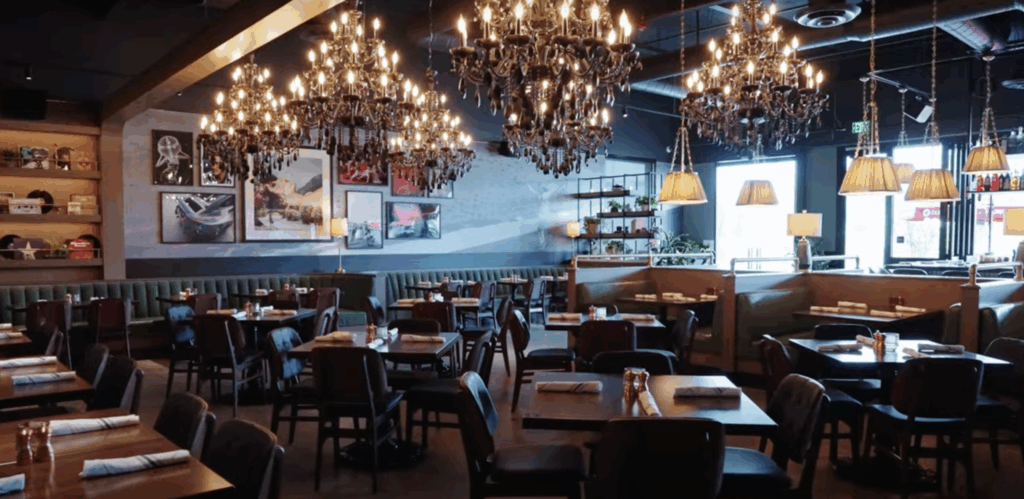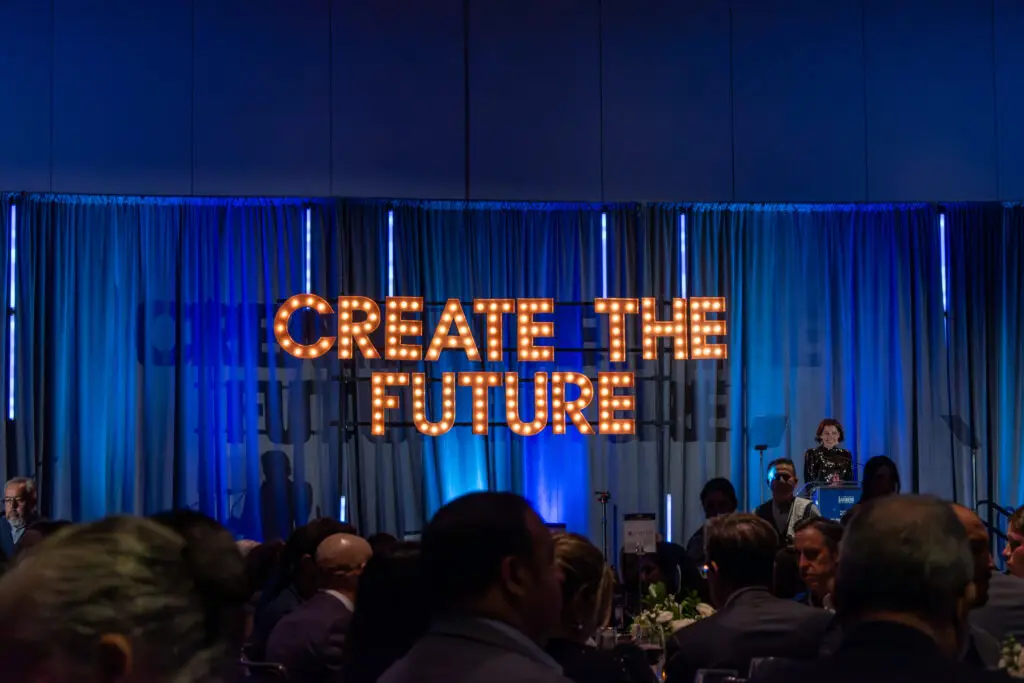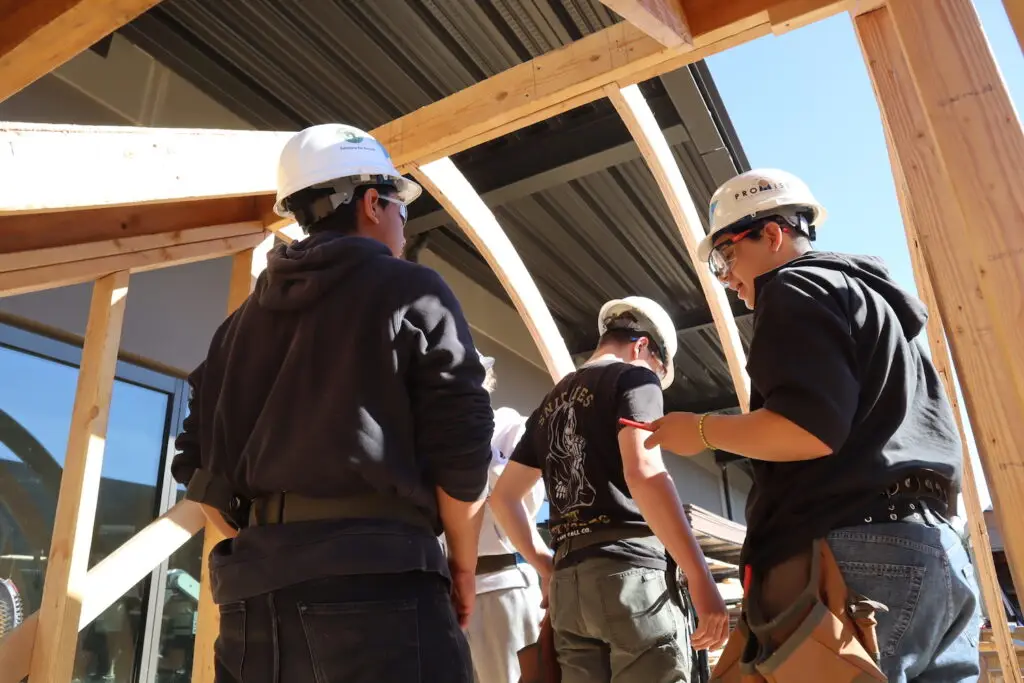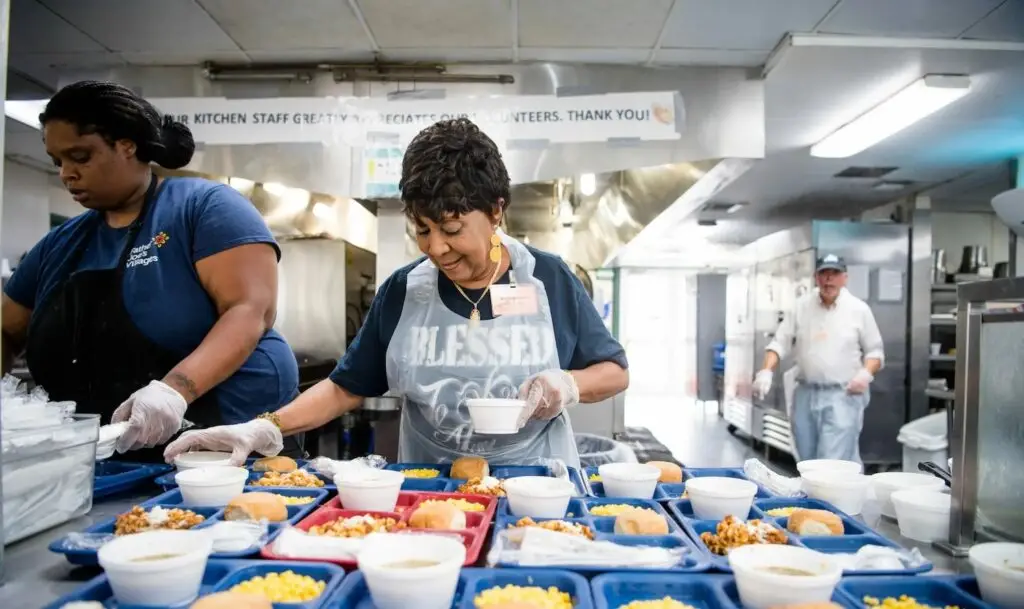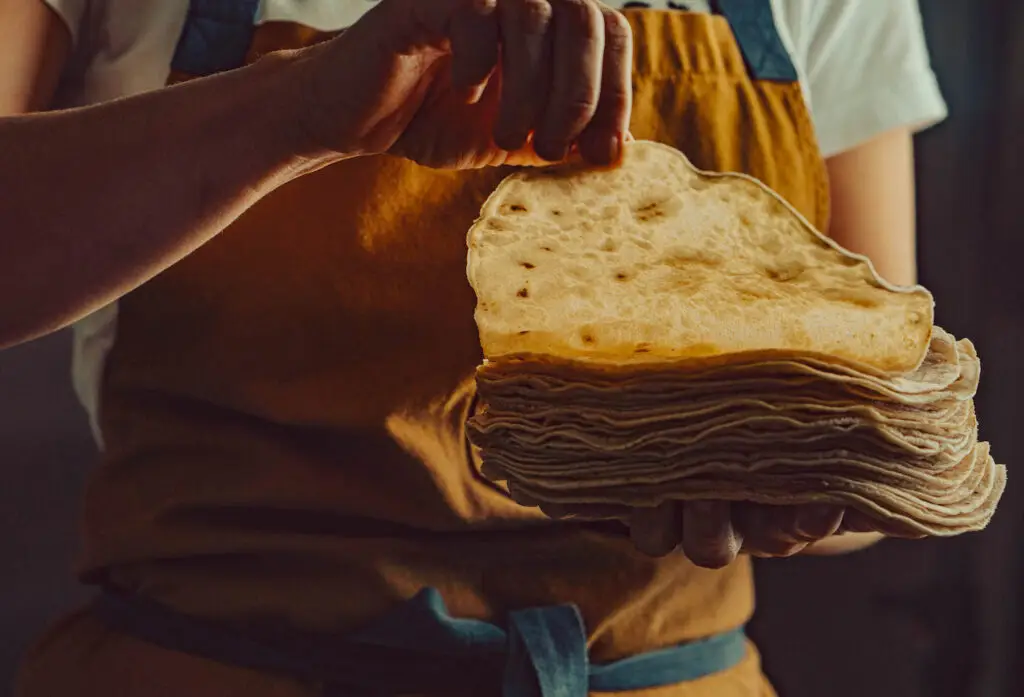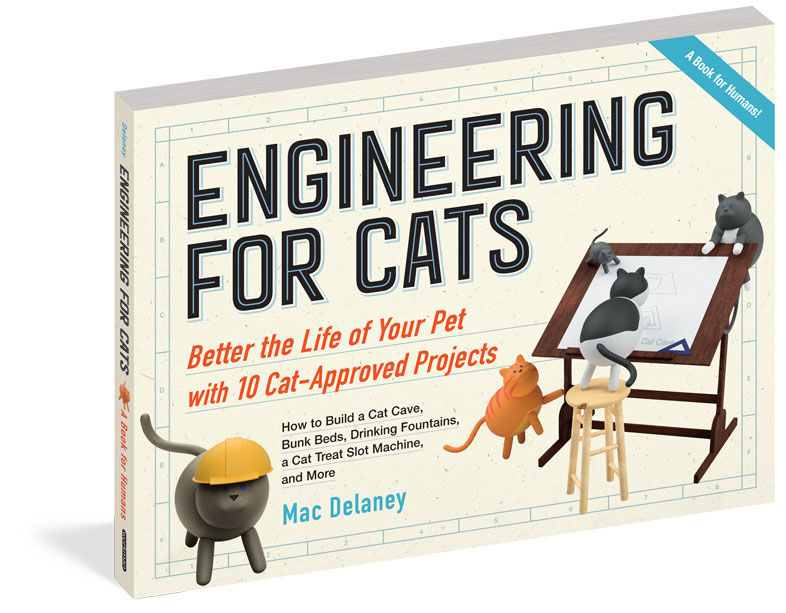San Diego aerospace engineer Mac Delaney encountered a distressing problem a few years ago: cat aggression in his own home. In the face of this, he used his engineering background and love of cats to create a number of projects that can make your cat’s life better, and in turn, your life safer. His book, Engineering for Cats: Better the Life of Your Pet with 10 Cat-Approved Projects, allows cat keepers (owner is far too generous a word) to placate their feline housemates.
Jordan Lemke: When did you get the idea for Engineering for Cats?
Mac Delaney: A few years ago my cat, Pepe, started meowing more and more aggressively for us to turn on a faucet for him to drink from. I could have taken the time to train him not to yell at us and to drink from his bowl. Instead, I built him a recirculating fountain out of PVC pipe specially designed for him to drink out of. It turns out that projects like that are a pretty effective way of addressing cat behavioral issues, particularly because cats are not very fun to train. Unlike most dogs, cats are not too concerned with our opinion of them. Even when my cats want affection, they quickly change their minds about it if I make them do any work to get it. Over the years I built more projects to address different issues with my cats, and now the instructions for how to build them are compiled in my book, Engineering for Cats.
JL: What is your favorite project in the book?
MD: Each project is meant to make a certain aspect of cat ownership easier… however, my favorite project is called the Cat Treat Slot Machine, and it’s really just about entertainment. This project may also provide a way of mentally stimulating your cat so they’re too distracted to plot against you, but the main benefit is really that it’s fun to watch them use it. The project is a very simple construction, and consists of three spinners the cat must learn to rotate to get treats to fall out. What makes it more entertaining is that whether or not a treat falls out is based on a random interval, much like coins from a slot machine. This has led my highly treat-motivated cat, Pepe, to develop a bit of a gambling addiction, and sometimes he becomes determined to get more treats out of it even when it’s been empty for hours.
JL: Is it dangerous to own cats?
MD: The fear of cats turning on us is based on a brutal reality. In prehistoric times, felines had the upper hand over primates, and fossil evidence suggests that our ancestors were often on the menu for the ancestors of our cats. In a way, this makes owning a cat pretty hardcore. In her book, The Lion in the Living Room, Abigail Tucker refers to house cats as “living trophies” for our triumph over them. They used to terrorize our species, and now they’re our cuddly companions. So the real question isn’t whether the cats will regain control of this relationship, but what will be the next species to make the change from fearsome predator to adorable pet? My money is on bears.
JL: Do you have a favorite place in San Diego to take your cats?
MD: Both of my cats are exclusively indoor cats at the moment, so the only place we really take them is the vet. It would be tough to describe that as a “favorite” for either of us.
JL: Is San Diego a cat-friendly city?
MD: Cats are an impressively persistent species, and can actually thrive in a city whether we want them to or not. They’re on the list of the 100 worst invasive species because of their ability to reproduce so quickly and then wreak havoc on the populations of other local critters. In San Diego there are measures to control the stray cat population, mostly through a process called “trap-neuter-return.” We also celebrate their companionship with a few successful cat cafés, where you can hang out with some resident felines while drinking your coffee. So, since we’re not actively murdering them and they’re at least a small part of our culture, I would say San Diego is a pretty cat-friendly city. On a scale of cat friendliness from Medieval England to Ancient Egypt, I would give present-day San Diego about a seven.
JL: How does your engineering experience play a critical role in your book?
MD: Part of what I wanted to include in Engineering for Cats are the cool parts of engineering that can be too difficult to talk about in the more advanced context of our aerospace projects. Fortunately, the math that’s used to describe the forces in a cat shelf is the exact same math that we use to describe forces in a fan blade or fuselage. Physics is physics. So the projects in Engineering for Cats have been a great way to introduce these concepts in a context that is not quite as boring. I was a little worried about how other engineers would react to the way I tried to simplify these technical concepts, but so far the response has been positive.
JL: Do you foresee an Engineering for Cats II?
MD: I still continue to make new projects occasionally, so perhaps in the future I’ll have enough for a sequel. For now I’ve just been posting them on my website, engineeringforcats.com. There’s already a new project up there that’s not in the book! I’ve also been considering other animals. I was hoping to take the easy road and just find a second animal that coincidentally benefits from all these projects, but unfortunately it looks like I made them too cat specific. Engineering for Dogs or Engineering for Toddlers may be in the future—I just need to get myself a dog or toddler first.

Engineering for Cats: An Attempt to Tame the Untamable
Engineering for Cats
